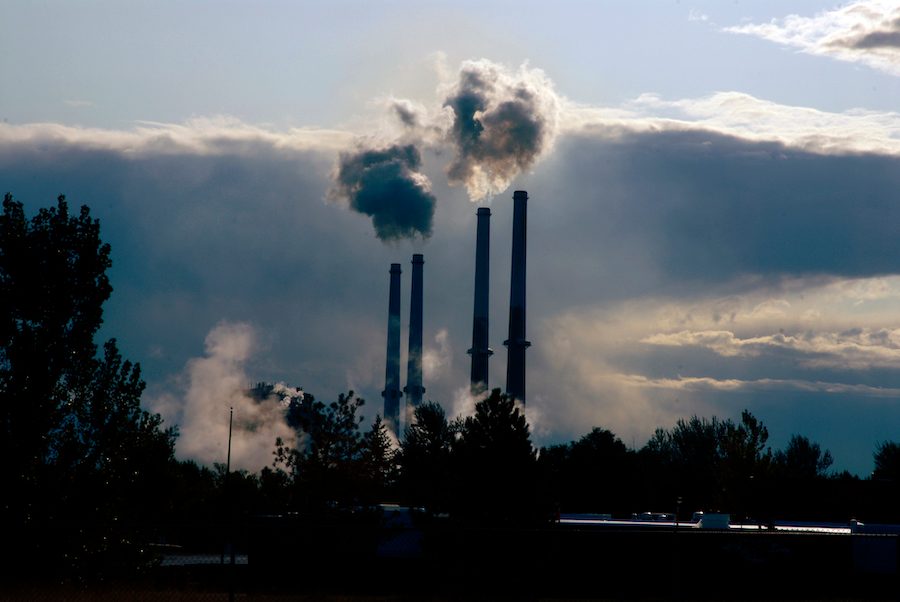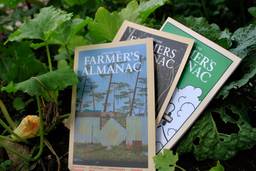How U.S. Cities Outsource Their Carbon Emissions to Rural Areas
While the rest of country benefits, rural communities are disproportionately exposed to the pollution caused by power and food production.
Claire Carlson

Editor’s Note: This story was originally published in the Daily Yonder. For more rural reporting and small-town stories visit dailyyonder.com.
A new report shows that at least 36% of annual greenhouse gas emissions in the United States come from rural America, but they’re mostly used to produce energy and food for urban and suburban America.
And while rural communities — particularly low-income and rural communities of color — are exposed to a disproportionate amount of greenhouse gas emissions, they’re not receiving the federal investments to decrease these emissions.
“If we really want to meaningfully reduce emissions, [we need to invest] in efforts that are rural to reduce the emissions that are connected to that consumption,” said Maria Doerr, lead author of the report and program officer for the Rural Climate Partnership, in an interview with the Daily Yonder. “Rural America is the source of these emissions, but they are not the ones driving the demand that creates these emissions.”
The report was produced by the Rural Climate Partnership, a project of the nonprofit rural advocacy group the Heartland Fund. Using data from the U.S. Environmental Protection Agency (EPA), they found that energy production and agriculture are the leading sources of greenhouse gas emissions in rural America. Industry like natural gas, petroleum, and cement manufacturing was the third leading source, and transportation and residential energy uses were the fourth and fifth, respectively.
Doerr said that the emissions produced by power plants are a particularly potent source of greenhouse gas emissions, and nearly half of those emissions are produced by rural power plants. “That energy is being shipped out to the cities and suburbs,” Doerr said.
While the rest of America benefits from this power, rural communities are exposed to the toxic air pollutants from this power’s production. And these effects aren’t felt equally.
Approximately 37% of rural residents within a three-mile radius of rural combustion plants are low-income, and 29% of residents within that radius are Black, Indigenous, or people of color, according to the report. Long-term exposure to these pollutants can lead to respiratory and cardiovascular problems, immune system damage, and cancer, according to the EPA.
The federal government has passed legislation to reduce greenhouse gas emissions to combat climate change, but very little has been earmarked for rural America.
Of the combined total appropriations from three major climate laws — the Inflation Reduction Act, the CHIPS and Science Act, and the Infrastructure Investment and Jobs Act — only 2.3% of the funding is earmarked exclusively for rural communities, according to an analysis from the Brookings Institution. About 20% of the funding is rural-stipulated.
Rural America should be prioritized for this funding because it’s at the center of some of the most carbon-intensive industries, according to the Rural Climate Partnership.
“In the vast expanse of rural and small-town America, there is a story that has been largely untold, one of significant emissions reduction potential shadowed by systematic underinvestment,” wrote Doerr in the report.
Doerr said they hope this report encourages legislators to rethink rural America’s role in climate solutions.
“I hope that this report can help start some powerful conversations about…how we support, uplift, and invest in rural America and rural-based climate solutions,” Doerr said.



